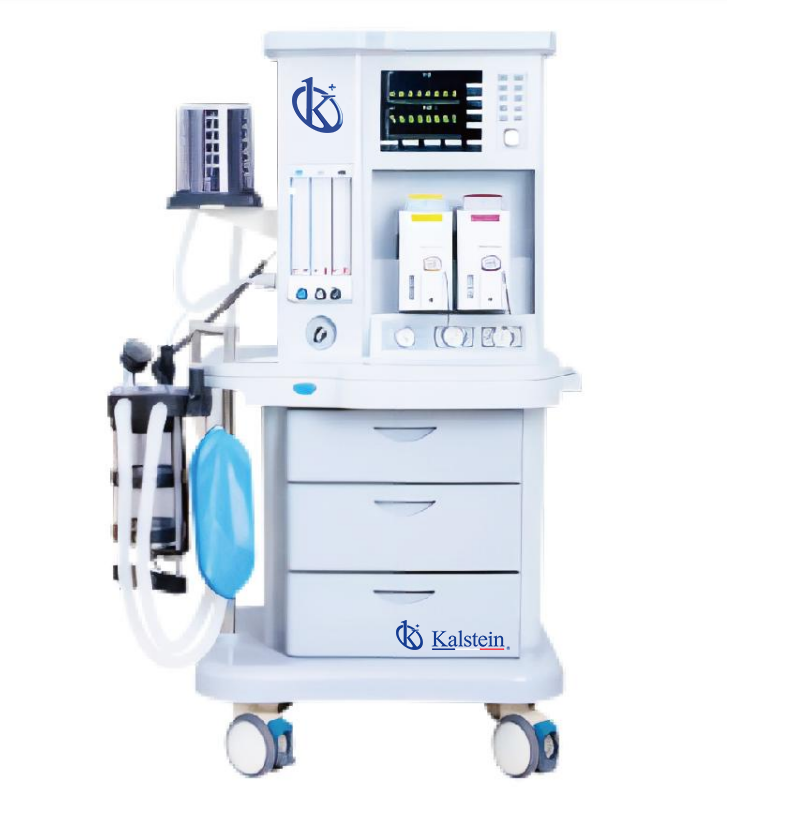The management of risks associated with anesthesia machines is one of the most important issues to ensure the safety of patients undergoing anesthesia for medical procedures. As anesthetic machines provide an important source of risk that may directly impact patient safety, they should be handled appropriately.
Risk management can help reduce the risks associated with anesthesia machines. This is achieved through risk identification, risk assessment and safety and prevention measures. These procedures must be done properly and rigorously, because people’s lives are at risk when they are anesthetized as a preoperative step.
What are the steps for risk management of anesthesia machines?
Risk identification is related to the general understanding of the system and equipment associated with the anesthesia machine. This means describing the system, associated equipment, and inherent risks. To ensure effective risk management, anesthesiologists should have a complete understanding of the equipment and its functionality. In addition, anesthesia professionals should perform a thorough analysis of the environment to identify all possible risks.
Risk assessment involves determining the likelihood of a risk occurring and determining the severity of the risk. This also includes the assessment of human factors, such as the level of skill and experience of medical personnel, as well as staff attitudes and behaviors. Risk assessment is essential to determine the appropriate level of safety to be applied.
In addition to this, risk management also includes the adoption of appropriate safety measures that can help prevent or minimize identified risks. This usually involves implementing medical protocols, ensuring adequate equipment, and timely training of medical personnel. In addition, nurses and other health care practitioners should follow established anesthesia management procedures and be fully aware of them.
What other safety measures should be followed for the use of anesthesia machines?
Other safety measures to be taken include the use of specialized protective equipment such as masks, anesthetic masks and gloves. These protective elements should be used correctly to avoid unnecessary exposure to anesthetic materials and thus ensure the health and safety of staff and patients.
Periodic reviews of the anesthetic equipment are also important to detect any problems with the anesthetic equipment and procedures. These reviews should be done by qualified, licensed personnel who should have a full understanding of anesthesia procedures and their associated equipment.
A key element in ensuring the safety and well-being of patients undergoing anesthesia is the monitoring of safety and care practices. This involves evaluating the training and performance of nursing staff and formalizing a program of supervision and reports to allow proper monitoring.
Why is risk management important for anesthesia machines?
Taken together, these risk management measures can help minimize the risks associated with anesthesia machines and ensure the safety and well-being of patients and medical staff in anesthesia procedures. By ensuring the safety of patients and staff, the proper care and safety of anesthesia machines can contribute significantly to the success of an organization.
Finally, medical and nursing personnel should be informed about procedures and safety standards related to anesthesia and anesthetic equipment. Specific procedures should be discussed in depth with an anesthesia expert to ensure that they are fully understood.
The safety of Kalstein’s anesthesia machines
Kalstein is printed on the anesthesia machines, which are safe to use for the job they were designed. These machines are CE-marked, which is a guarantee that they have undergone a thorough safety protocol. In addition, ventilation can be precisely controlled with this equipment, and all parts of the anesthesia administration can be sterilized by autoclaving. The different models of machines can be seen on the web portals HERE and HERE, where you can also inquire about the sale, price and purchase of this equipment.

